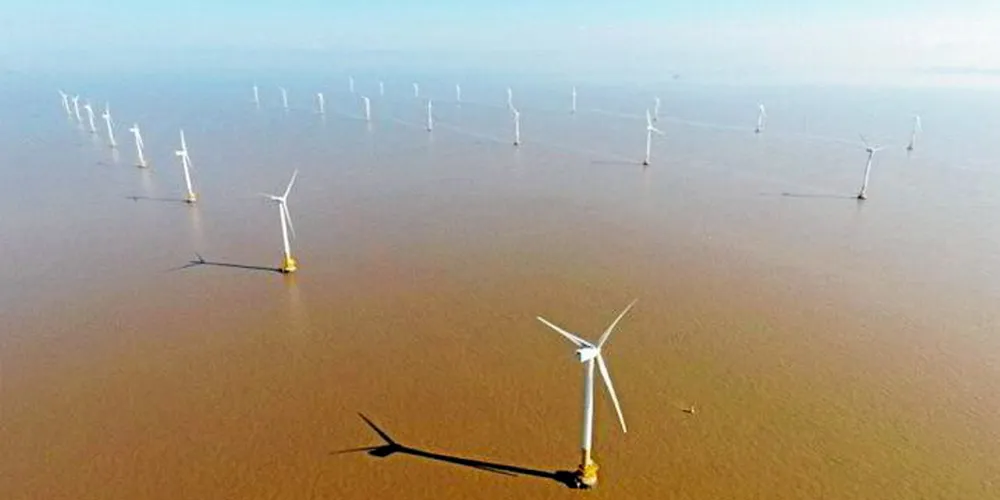Shanghai plans offshore wind-powered green hydrogen pilot by 2026
China's largest city and financial hub plans to use pilot projects to feed into future standards around grid support using H2

China's largest city and financial hub plans to use pilot projects to feed into future standards around grid support using H2
